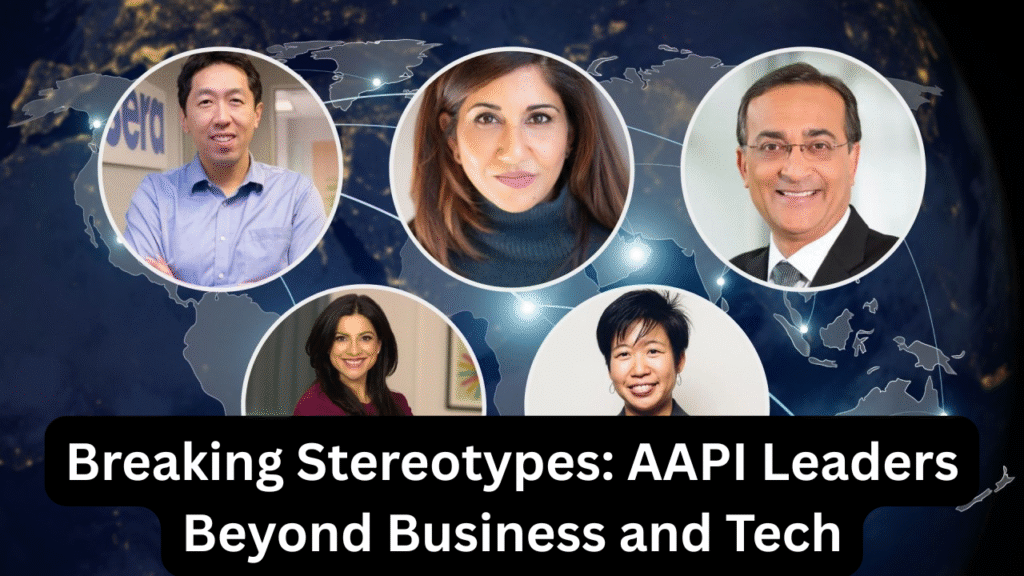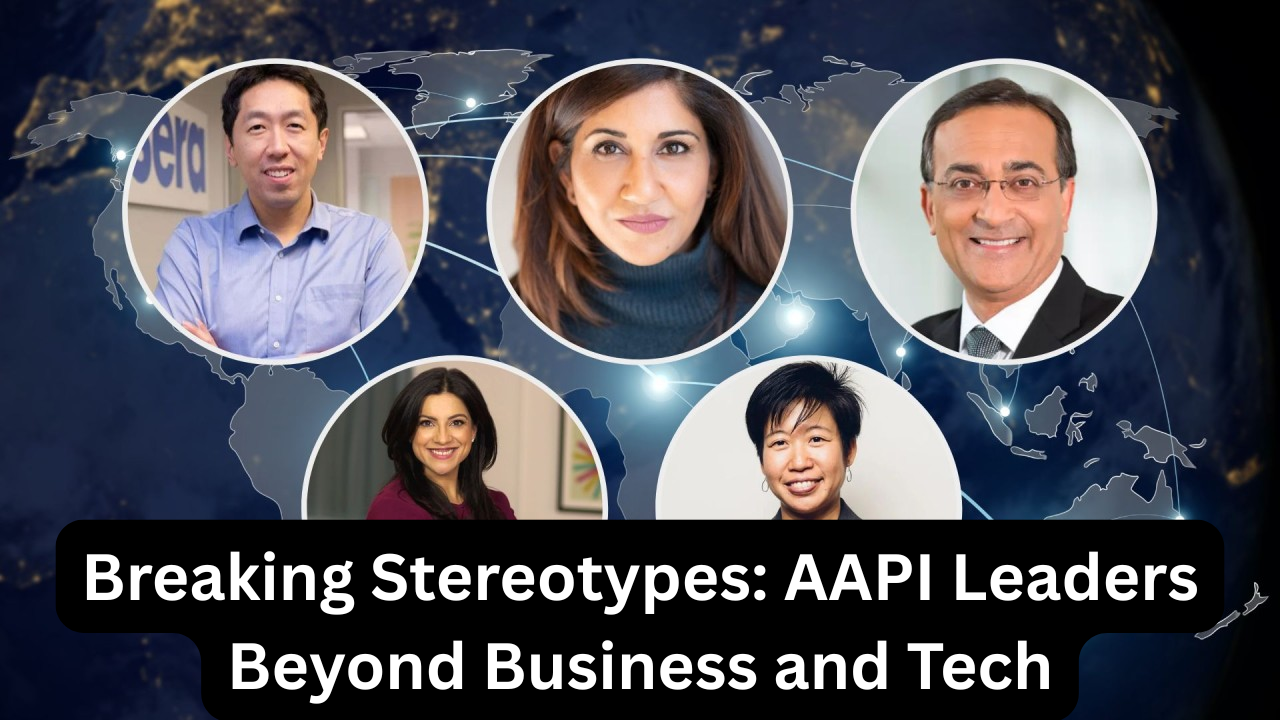
Asian American and Pacific Islander (AAPI) leaders are increasingly venturing beyond traditional roles in business and technology—challenging stereotypes by forging paths across journalism, entertainment, social entrepreneurship, advocacy, and cultural leadership. Their diverse contributions illustrate the multifaceted talents within the community and its growing influence in public life.
1. Media & Journalism: Shaping Narratives with Integrity
- Nancy Yoshihara, co-founder of the Asian-American Journalists Association (AAJA), has been instrumental in promoting fair and accurate representation of AAPI people in media since 1981. AAJA now counts over 1,600 members across the US and Asia, including student journalists connected through internships and mentorships. (Wikipedia)
2. Entertainment Advocacy: Cultivating AAPI Voices
- Coalition of Asian Pacifics in Entertainment (CAPE), founded in 1991, empowers AAPI artists and media professionals with training, networking, and development programs. Through development fellowships and script incubators, CAPE nurtures emerging AAPI writers, directors, and entertainers. (Wikipedia)
3. Social Impact & Civic Leadership
- Bo Thao-Urabe, a social entrepreneur, has held influential roles like White House AAPI Commission Commissioner and University Regent. She advances social justice through nonprofit leadership and government appointments. (Wikipedia)
4. Cultural Visibility & Creative Expression
- Across arts, literature, and activism, AAPI individuals are claiming space and challenging monolithic perceptions. From hyper-local venues in communities to broader cultural platforms, younger AAPIs are confidently asserting multi-dimensional identities and leadership through creative expression. (AP News, TIME)
5. Authentic Leadership & Breaking Myths
- Breaking from the “model minority” stereotyping, leaders like Charlene Wang (author of Model Breakers) and others emphasize self-authenticity, cultural narrative reclamation, and the importance of embracing one’s full identity rather than conforming to harmful expectations. (blog.google)
Overview Table: AAPI Leadership Across Fields
| Sector | Representative Leader / Organization | Notable Contribution |
|---|---|---|
| Journalism & Media | AAJA (Nancy Yoshihara) | Advocating fair AAPI media representation |
| Entertainment | CAPE | Empowering AAPI creatives via training & fellowships |
| Social Entrepreneurship | Bo Thao-Urabe | Civic appointments and justice-oriented initiatives |
| Cultural & Creative Spaces | Younger AAPI leaders | Owning identity via art, business, and storytelling |
| Identity & Authenticity | Charlene Wang (Model Breakers) | Challenging “model minority” stereotypes |
Frequently Asked Questions
1. Who founded AAJA and why is it significant?
Nancy Yoshihara co-founded AAJA in 1981 to ensure AAPI are fairly represented in journalism and media.
2. How does CAPE support AAPI representation in entertainment?
CAPE offers mentorship, writing fellowships, and development programs for AAPI creators entering Hollywood.
3. What does Model Breakers by Charlene Wang encourage?
It encourages AAPI individuals to embrace their full identities and break free from the limiting “model minority” stereotype.

